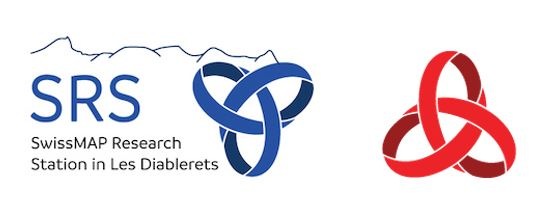Speaker
Description
Consider the graph (Zd, Ed) and some parameter p ∈ [0, 1]. Let (Be)e∈Ed be an i.i.d. family of Bernoulli random variables of parameter p. Consider the random graph Gp where we only keep the edges such that Be = 1. This is the model of percolation where the central question is the existence of an infinite connected component in Gp given the value of p.
This model may be generalised by considering more general distributions on the edges. Let
G be a distribution on R+ ∪ {+∞} and (te)e be an i.i.d. family distributed according to G. This is the so-called model of first passage percolation. We can give two interpretations of the random variable te that lead to different questions. In a first interpretation, we consider that te represents the time to cross the edge e. There is then a natural way to define a random metric on the lattice, the main object of interest are the geodesics, that are the shortest paths. In a second interpretation, the random variable te represents a capacity. The capacity of an edge is the maximal amount of water that can cross the edge per second. In this context, we are interested in the large scale behaviour of the maximal amount of water that can flow through the lattice per second and the way the water circulates in the lattice.
We will present results on these two interpretations of first passage percolation and links with the model of percolation.
